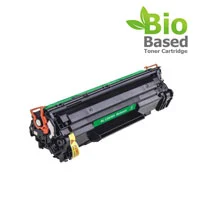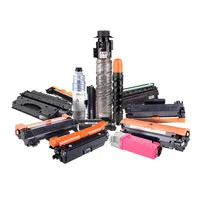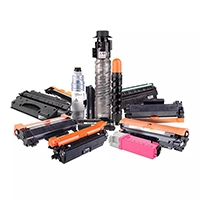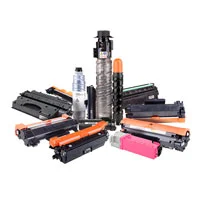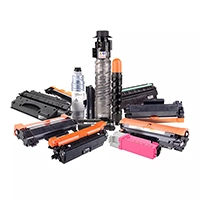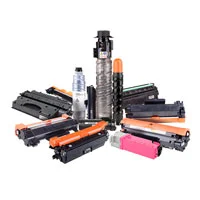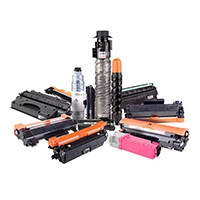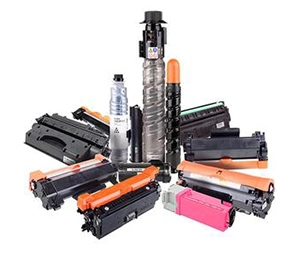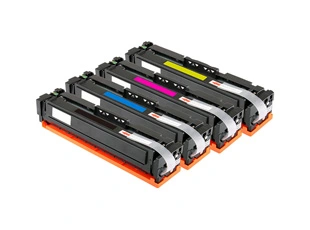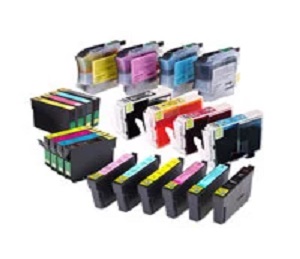
Search
When it comes to printing technology, particularly in the realm of barcode and label printers, choosing the right type of thermal printing technology is crucial. The two main options often debated are direct thermal printing and thermal ribbon printing. But what exactly sets these two apart? Let’s dive into the specifics.
Thermal printing is a process that uses heat to transfer ink onto paper. This method is widely used for printing labels, receipts, and barcodes. There are two primary types of thermal printing technologies: direct thermal and thermal ribbon (also known as thermal transfer).
Direct thermal printing uses a special heat-sensitive paper that darkens when exposed to heat. The printer's thermal head applies heat directly to the paper, creating images and text without needing any ink or ribbons.
No Need for Ribbons or Ink: This reduces maintenance and operational costs.
Simplicity: Fewer moving parts mean fewer breakdowns and simpler operation.
Speed: Direct thermal printers are often faster because they don’t need to pause to apply ribbons.
Durability Issues: Direct thermal prints can fade over time, especially when exposed to heat, light, or chemicals.
Limited Media Options: Direct thermal printing is restricted to heat-sensitive papers, which may not suit all applications.
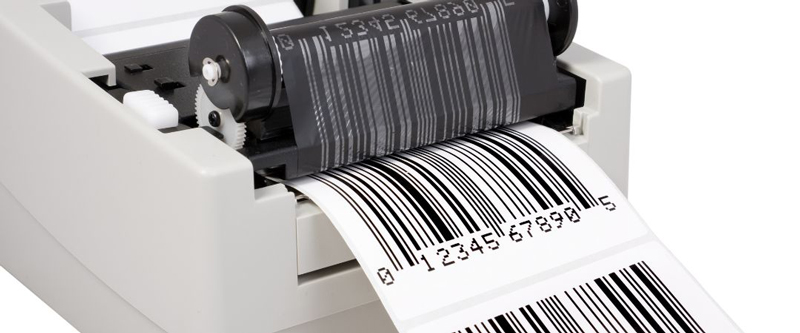
Thermal ribbon printing uses a thermal printer ribbon coated with wax, resin, or a mix of both. The thermal head heats the ribbon, causing the ink to transfer onto the label or paper. This process creates a durable and high-quality print.
Durability: Prints are more resistant to fading, scratching, and smudging.
Versatility: Can print on a variety of media types, including synthetic labels and coated papers.
High-Quality Prints: Provides sharp, clear images and text, making it ideal for barcodes and detailed graphics.
Cost: Requires additional materials such as ribbons and may involve higher maintenance costs.
Complexity: More components mean more potential for mechanical issues.
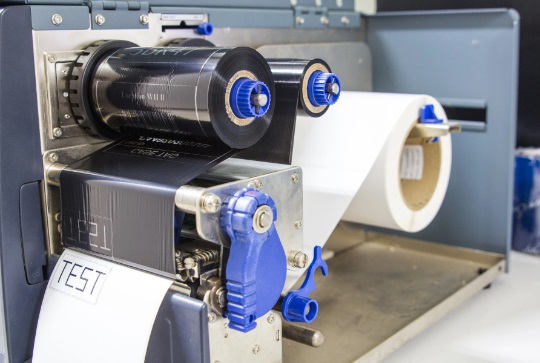
Direct thermal prints are more susceptible to environmental factors, while thermal ribbon prints are more robust and long-lasting.
Direct thermal printing is generally cheaper to operate in the short term due to the lack of ribbons. However, thermal ribbon printing might be more economical in the long run for high-volume or high-durability needs.
Direct thermal printing requires specific heat-sensitive media, whereas thermal ribbon printing offers greater flexibility with various media types.
Thermal ribbon printers typically offer better print quality and resolution, which is crucial for detailed labels and barcodes.
Receipts: Perfect for point-of-sale (POS) environments.
Shipping Labels: Suitable for short-term labels where durability isn’t a primary concern.
Product Labels: High-quality, long-lasting labels for products.
Asset Tags: Durable tags for tracking and identification.
When deciding between direct thermal and thermal ribbon printing, consider factors like print durability, media compatibility, and cost. Direct thermal printing may be suitable for short-term applications, while thermal ribbon printing is better for long-lasting, high-quality needs.
Both direct thermal and thermal ribbon printing have their unique advantages and limitations. Your choice depends on the specific needs of your printing tasks. Understanding the differences can help you make an informed decision, ensuring that your prints meet your quality and durability requirements.
